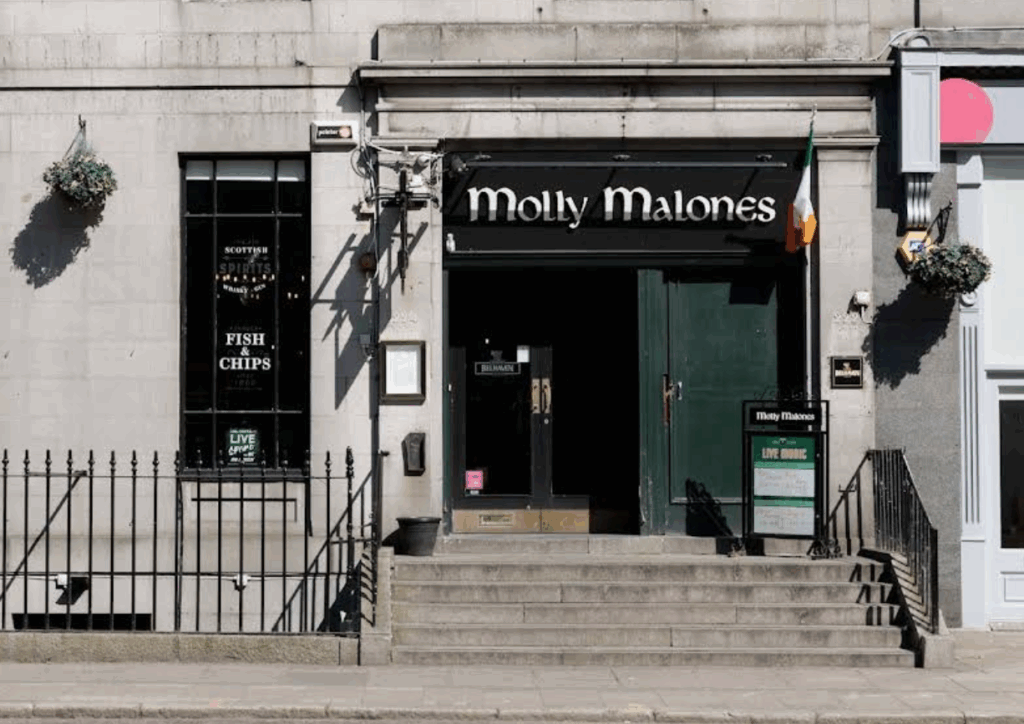Instagram has become an integral part of marketing strategies, particularly in the restaurant industry. With a global user base of 2.4 billion, it offers a vast audience for restaurants to showcase their dishes. Statistics indicate that 69% of users are likely to photograph and share their meals, a trend that savvy restaurant owners have embraced.
Research by Nathan Mercer, a connectivity expert at Truely eSIM, notes that Instagram has revolutionised how restaurants engage with patrons. Its visual nature and extensive reach make it an essential marketing tool.
How Instagram Enhances Restaurant Growth
- Visual Marketing: According to Mercer, 38% of Instagram users actively seek food content, providing restaurants an opportunity to attract diners with high-quality dish photos. A well-timed post can turn a dish into a sensation.
- Customer Interaction: Instagram facilitates real-time engagement through comments, likes, and shares, fostering a community around the restaurant’s brand. This interaction builds a loyal customer base.
- Influencer Partnerships: Collaborating with food bloggers and influencers expands a restaurant’s reach by tapping into their follower base. Mercer highlights that influencers add credibility and extend audience reach.
Case Studies: Restaurants Rejecting PhotosSome high-end restaurants have banned photography to preserve the dining experience:
- The Waterside Inn in Berkshire, England, prohibits Instagramming to maintain an intimate dining atmosphere.
- Grenouillere Restaurant in France bans cell phones entirely to keep the dining experience unique.
- Take Dae in New York enforces a no-photos policy to ensure a peaceful environment.
- Carthage Must Be Destroyed in New York also bans cell phones for a purer dining experience.
The Debate: Pros and Cons
Pros:
- Enhances focus on food and personal interaction.
- Adds exclusivity to the dining experience.
- Reduces distractions, allowing diners to enjoy their meal and company.
Cons:
- Misses out on free marketing and word-of-mouth promotion.
- May seem outdated and alienate younger patrons.
- Limits customer engagement and spontaneous advocacy.
Mercer comments that while Instagram offers significant marketing potential, restaurants must balance this with the core dining experience—savouring good food in a unique setting.
Reflecting on Instagram’s Role in Dining
You Might Also Like:
As dining becomes more digital, restaurants must navigate the fine line between traditional dining etiquette and modern marketing. Ultimately, a restaurant’s brand values and dining culture will determine the appropriateness of using Instagram as a marketing tool. This digital dilemma challenges even top chefs and marketers to find the perfect recipe for success.
For more information visit: https://truely.com/



























